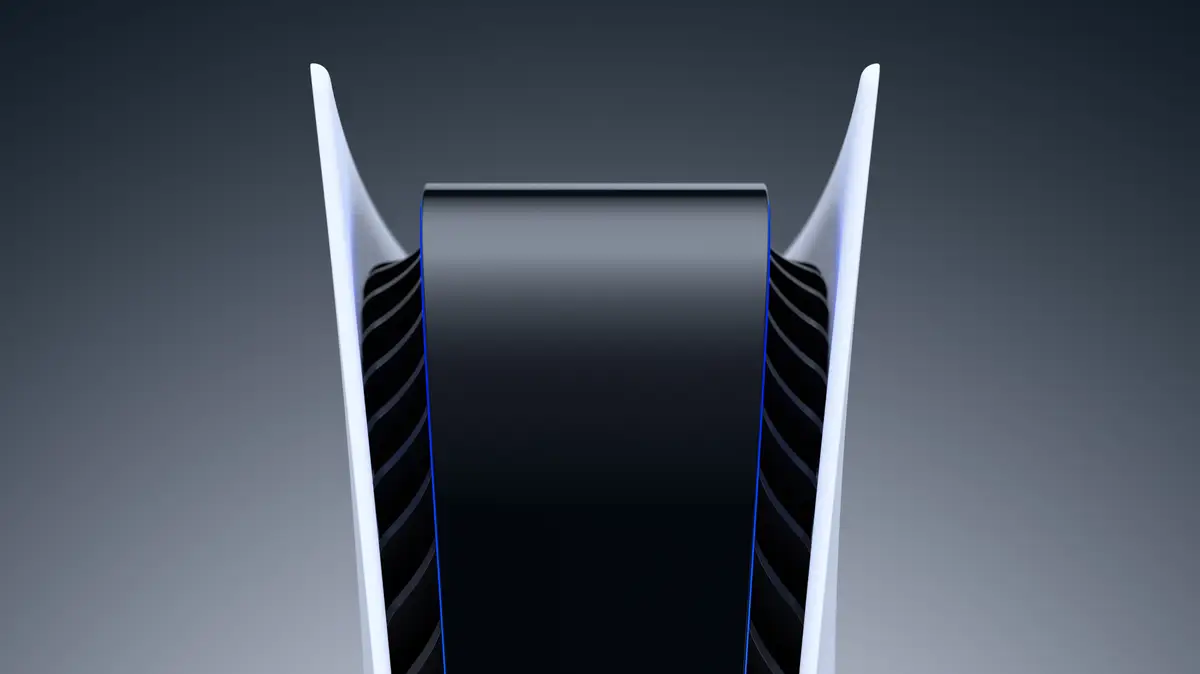A new internal document at Sony has leaked through The Verge today revealing more details about the upcoming PS5 Pro console. The document details Sony’s current pipeline in developing the hardware alongside the deadline for developers to submit their enhanced games to the company to prepare these titles for the launch later this year.
Codename Trinity is currently in development at Sony and marks the second “Pro” console from the company following the PS4 Pro back in 2016. The PS5 Pro includes various improvements to the hardware including a beefier GPU alongside a slightly improved CPU.
Sony’s main goal for the PS5 Pro is to render games at a higher visual fidelity including improved raytracing and higher frame rates and resolutions.
However, Sony is encouraging developers to take advantage of the GPU which is around 45% faster than the standard PS5. As a result, the company is pushing developers to improve raytracing and graphical fidelity instead of aiming for higher resolutions and frame rates. Given the slight bump in CPU performance, this makes sense.
Sony has ramped up the GPU rendering on the PS5 Pro by around 45%. This means the GPU will be larger and use faster system memory to improve visuals in games including raytracing. Sony has also improved the raytracing architecture in the PS5 Pro which is now up to three times faster than the regular PS5.
The GPU has seen a major bump in performance on the PS5 Pro. However, the CPU hasn’t. Instead, Sony has slightly tweaked the CPU and added a new mode that clocks in higher than the standard PS5. The document says Trinity has a mode that targets a higher CPU clock speed of 3.85GHz – 10% faster than the regular PS5.
Developers will be able to pick between the “standard mode” CPU at 3.5GHz or the “high CPU frequency mode” at 3.85GHz. The standard mode operates as usual. The high-frequency mode then increases the CPU speed to up to 3.85GHz while downclocking the GPU by 1.5%. This is done in order to manage power profiles on the hardware.
Sony says the lower GPU performance during the high-frequency mode results in “roughly 1% lower performance”. So developers can seemingly pick and choose when to use these features depending on when their games require more CPU and GPU.
The PS5 Pro bandwidth has also been increased by 28% according to the document. The standard PS5 runs at 448GB/s while the PS5 Pro has increased to 576GB/s. There’s also an increased system memory of 1.2GB. The standard PS5 has overall memory of 12.5GB while the PS5 Pro boosts this to 13.7GB.
This memory increase will encourage Sony’s new PlayStation Spectral Super Resolution (PSSR) support. This tech acts similarly to AMD’s FSR and NVIDIA’s DLSS whereas it computes upscaling across frame rate and resolution. Sony has built its own custom architecture into the PS5 Pro with machine learning to do this. It supports 300TOPS of 8-bit computation.
Sony aims to replace the current PS5 temporal anti-aliasing or upsampling with this tech. The document says PSSR supports full HDR when activated and only requires around 250MB of memory. It also says that latency is incredibly low at around 2ms when upscaling in 1080p to 4K. The document says Sony is also working to add 8K upscaling support through PSSR.
The company explains in the document that the regular PS5 will continue to sell alongside the PS5 Pro. Similar to the PS4 and PS4 Pro, Sony expects developers to compile a single game package that will be compatible across both consoles. Upcoming games will include these features while existing games should be patched to support higher performance.
Sony is urging developers to prepare these games by August and submit them for certification. This aligns with the company’s plan to launch the console at the end of 2024.
Source: The Verge



